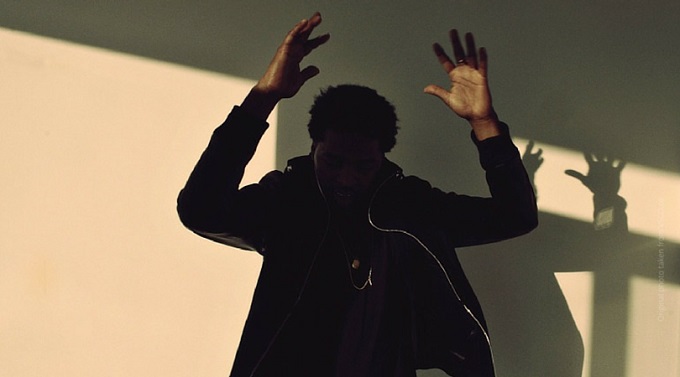Glossary Search
Casino Glossary
Overlay
CasinoA situation where the player has an advantage over the casino. The opposite of an underlay.
Outside Straight or Straight Flush
PokerVideo PokerA straight draw that can be completed with cards of two ranks. E.g. either a 7 or a 2 will make 6543 a straight. An outside straight flush also requires that the card be of the same suit as the other four cards.
One-Armed Bandit
SlotsAn older term for a slot machine.
Outside Numbers
CrapsAn expression for 4, 5, 9 and 10, as opposed to the inside numbers (5, 6, 8 and 9).
On tilt
Casino
Tilt is a poker term for frustration. A player who loses control of their emotions (usually after losing badly), becomes aggressive towards the fellow players and bets wildly is said to be "on tilt".
Placing an opponent on tilt or dealing with being on tilt oneself is one of the crucial aspects of poker. Some players deliberately choose the tactics of placing the opponents on tilt by pretending to be drunk, annoying the players by making strange noises or stupid comments, blaming the players for bad hands, etc. In theory, this tactics is supposed to have monetary positive expectation as the players on tilt tend to play poorly. Poker experts recognize the situation when they are close to being on tilt and try to avoid it. For the new player, a skill to minimize being on tilt is one of the most important improvements that can be made in play.
Examples:
After losing the third hand in a raw, John went on tilt and got his whole bankroll taken.
When I feel close to being on tilt, I quit the game and go home.
Odds Off
CrapsDuring a come-out roll, odds bets from the previous round neither win or lose when they are "off". Players can request that odds be "on"/"working" or "off"/"not working" at any time.
Odd-Number Bet
RouletteA bet on the odd numbers. Pays 1 to 1.




